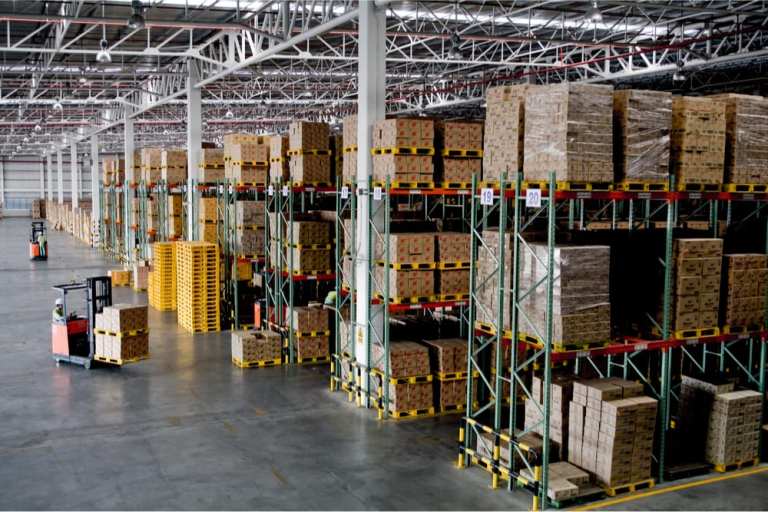Report: eCommerce Growth Drives Need For New Warehouse Space

The United States will need 1 billion additional square feet of warehouse space by 2025 due to the fast growth of eCommerce, according to a new report by real estate consultancy JLL.
Among the key findings in the JLL report were that need for fulfillment centers is driving 50 percent of industrial transactions today, compared with 35 percent before the COVID-19 crisis.
Backing up the firm’s enthusiasm for industrial space, which long was among the least-sexy real estate sectors, JLL released data from two consulting firms predicting robust growth.
Digital Commerce 360, according to JLL, said eCommerce sales in the U.S. totaled $602 billion in 2019 and are expected to grow by at least 20 percent this year. By 2025, Digital Commerce 360 predicts, eCommerce sales in the U.S. could reach $1.5 trillion annually.
JLL’s report quotes Chris Caton, head of global strategy and analytics for Prologis, saying his firm “estimates these customers will require 1.2 million square feet of distribution space for each $1 billion in sales, which means e-commerce requires three times the space as traditional through-put distribution.”
JLL said its own research validated the findings and that an additional $900 billion in annual eCommerce sales would increase demand for warehouse space by 1 billion square feet.
JLL also forecasts the U.S. will need additional 100 million square feet of cold storage space within the next few years.
“Investing in industrial real estate was never considered as attractive as office or retail in the past,” the report says. “However, this dynamic has changed, in large part, due to the growth of e-commerce. Investing in industrial real estate is red hot and the continued growth of consumer online shopping drives the need for additional warehouse space. Industrial real estate — including plants, warehouses and distribution facilities — has been the investment ‘asset class of choice’ the past several years and demand is on the rise.”
Craig Meyer, JLL’s president of industrial services, noted in the report that industrial rent growth has been positive since 2011, and low vacancy rates have meant stable returns for investors. “These solid fundamentals and the fact that e-commerce still has a long runway for growth makes industrial real estate the darling of the commercial real estate industry,” he said.

